Big Thompson River is a NOCO’s Best With Rugged Terrain Full of Beauty
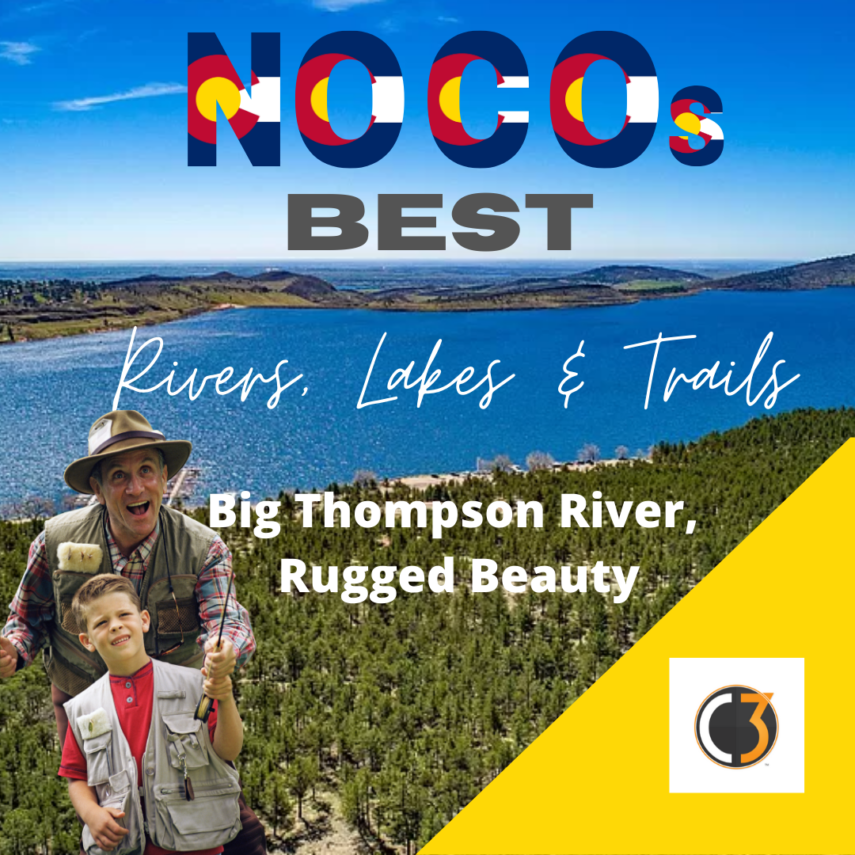
From Forest Canyon, just East of Loveland, you’ll find one of the most active bodies of water in Northern Colorado. Big Thompson River runs along the 34 replenishing water supply from the snow and mountains as well as The Colorado River. The massive body of water streams 78-miles where it eventually combines with South Platte River of the Colorado Rocky Mountains. You’ll find this natural source home for wildlife, fishing and a sweet place to vacation invest in property. Big Thompson River (Big “T”) is a “NOCO’s Best” with rugged terrain full of beauty. Take a deeper dive with this article to learn more about this fantastic waterway and why we Coloradoans love it!
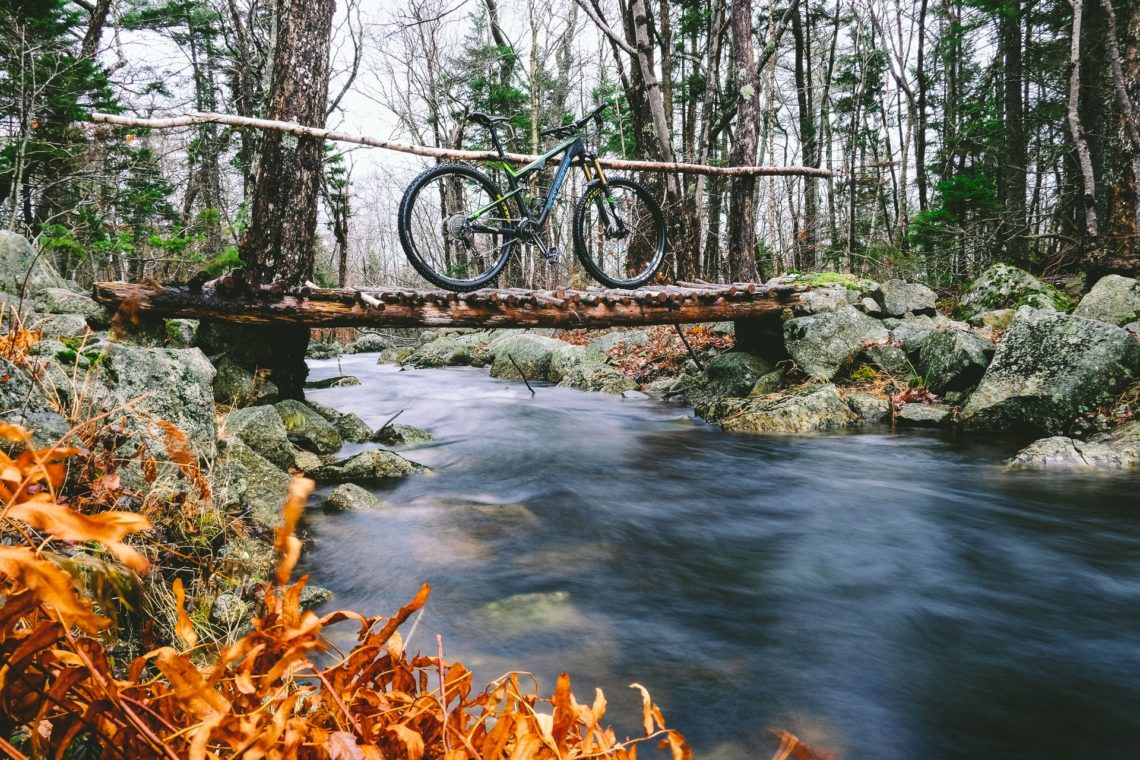
Hiking and Biking Along the River Banks
Elevations can reach as high as 11,000 at Big Thompson Canyon where hikers enjoy a challenge. Plan carefully before trekking this area, but be warned it’s a difficult hike. Therefore, only to be done by experienced hikers, and backpackers. Besides the high elevation, there’s loose rock, sometimes dangerous sunlight as well as a potential for lightning. Vegetation is thick in some parts making it tough to navigate. Be sure you know what you’re doing before going off-trail. Lake Estes also plays a role in this actively flowing river where the water starts its decent heading toward through Larimer County.
Biking in these parts is another favorite past time for residents and visitors. Catch bike lanes from Boyd Lake to Estes Park for some exhilarating peddling. Be sure to take plenty of stops along the way to enjoy the colorful backdrops. Many people consider this “God’s Country” and you’ll see why. Picturesque almost seems like an understatement with the rock from the mountains and the bubbling waters below.
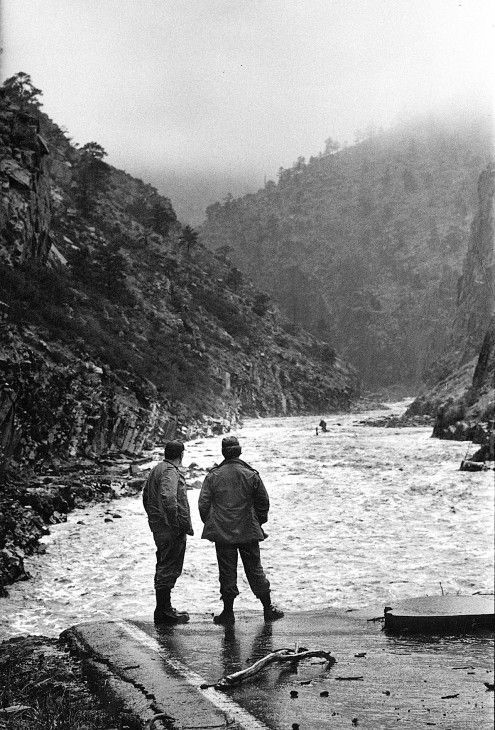
The History on the ‘Big T’
History of Big Thompson River includes plenty of stories from Larimer County to Boulder. But in 2013 ‘Big T’ flooded causing $2 billion dollars in damage. One could say Big Thompson Parks have undergone a renaissance after recovering from those flooded areas. Other natural spaces of Larimer County’s Department of Natural Resources’ and Big T, include Glade, Narrows, Forks and Sleepy Hollow. These outdoor-recreational spots have re-opened sharing new infrastructure for and making a debut at Big Thompson Canyon.
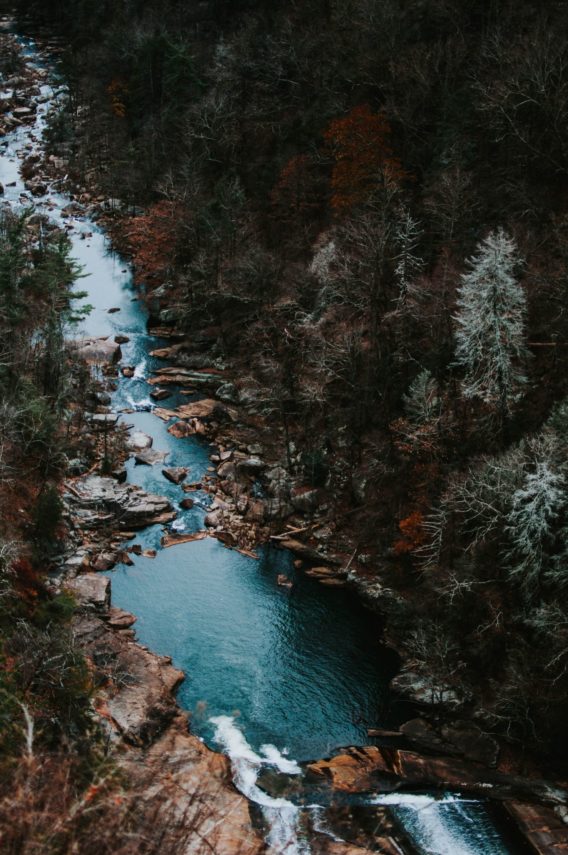
One of the Most Significant Sources of Water for the State
Our Thompson River is a part of The Colorado – Big Thompson Project providing the largest transmountain water in the state. When you see reservoirs, pumps and pipelines near the area they are most likely a part of this water system. Irrigation collects and delivers services 10,000 square miles with a 700 mile transmission to many of our lakes, canals and reservoirs. It’s a very complex system recycling snow from the mountain and it assists water plants on the Western Slope.
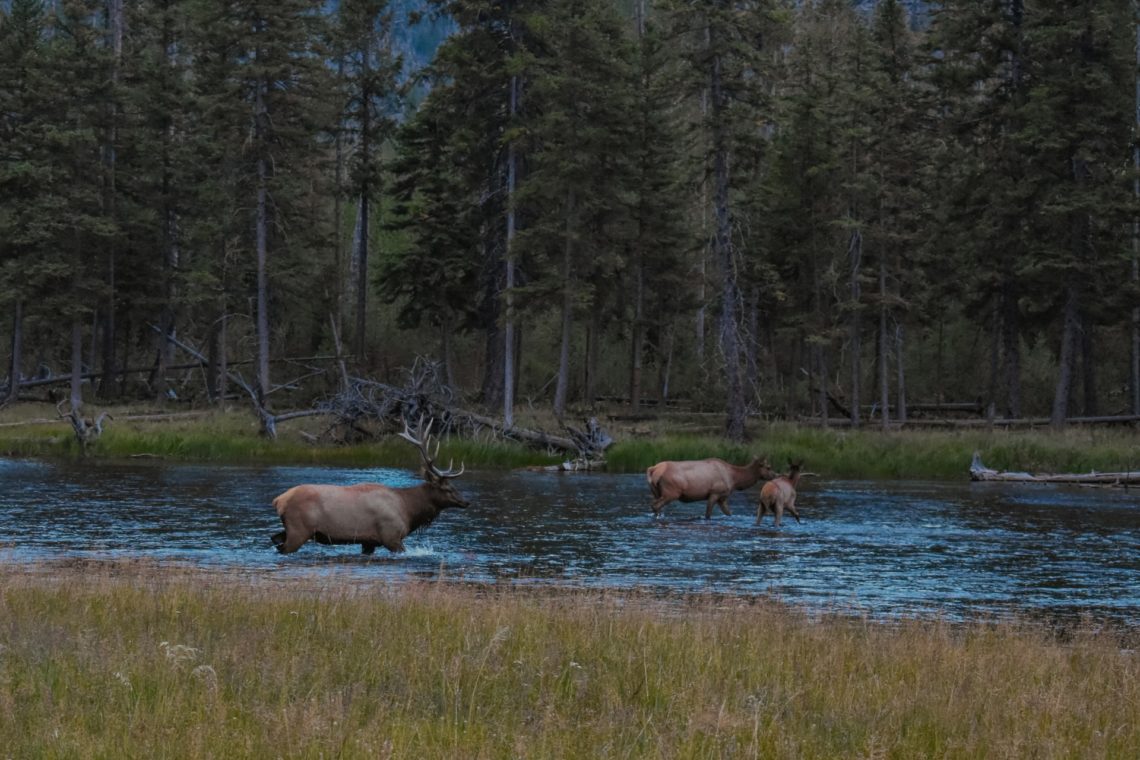
That’s Wilderness on the Big Thompson River
This river is a unique system, indeed! Moreover, its the watercourse for Northern Colorado agriculture and our population of wildlife. It’s not uncommon to see mule deer, fox and mink stopping in for a cool drink. Both wet and grasslands attract an extraordinary variety of birds such as sparrows, red-tail hawks and bald eagles. Larger animals may include rams, elk and occasionally a moose or two. But, people mostly go to the river for the excitement of fishing.
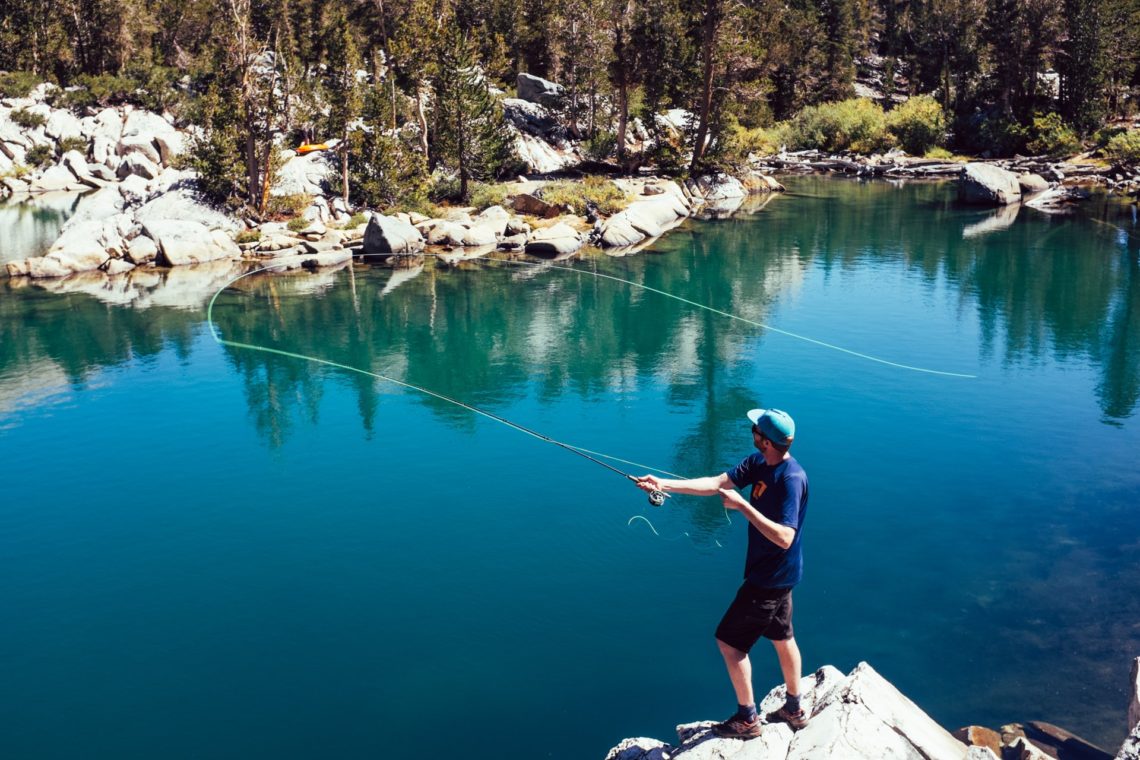
Fishing is a Must at this Rocky Mountain Body of Water
Fishing on the ‘Big T’ provides an exciting time for new and experienced anglers. Fly fishing is a favorite sport among tourists and residents. However, you’ll want to pay close attention when nearing places such as Forest Canyon where private property is off limits. Luring fish like brown and rainbow trout is easy when spawning and during off seasons. Rocky Mountain National Park and Moraine Park provide peaceful locations for casting your line. Also, you’ll find many of the visitors lounging on the rocks and banks to catch some sun while waiting for a bite. Whether you’re a pro-angler or just there for leisure time, you’ll leave with some lasting memories.
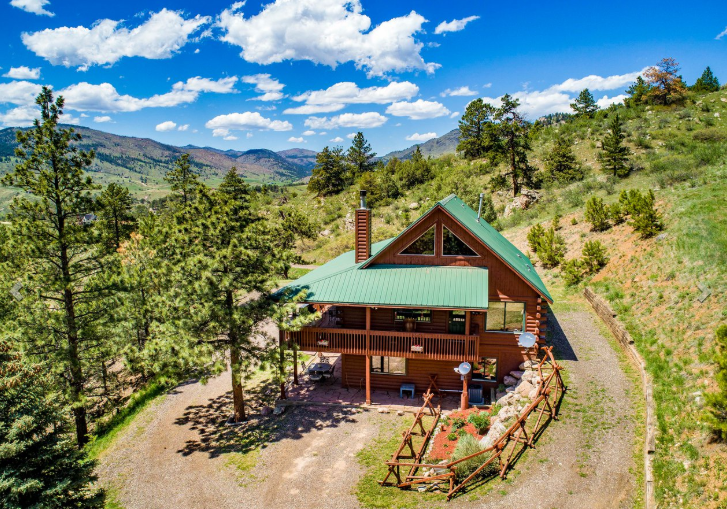
Homes are Sparse in Certain Areas
While this area of Northern Colorado is chock full of great fishing and wildlife, it’s also an excellent spot to buy property. Because its such a huge body of water stretching across the state, you’ll find a nice variety of housing. Anything from vacation properties to single-family homes are built along the streams and riffles. However, these homes are sparse and rarely available. If you see something you like, you might want to jump on the opportunity as Loveland is a popular area for both primary and secondary homes.
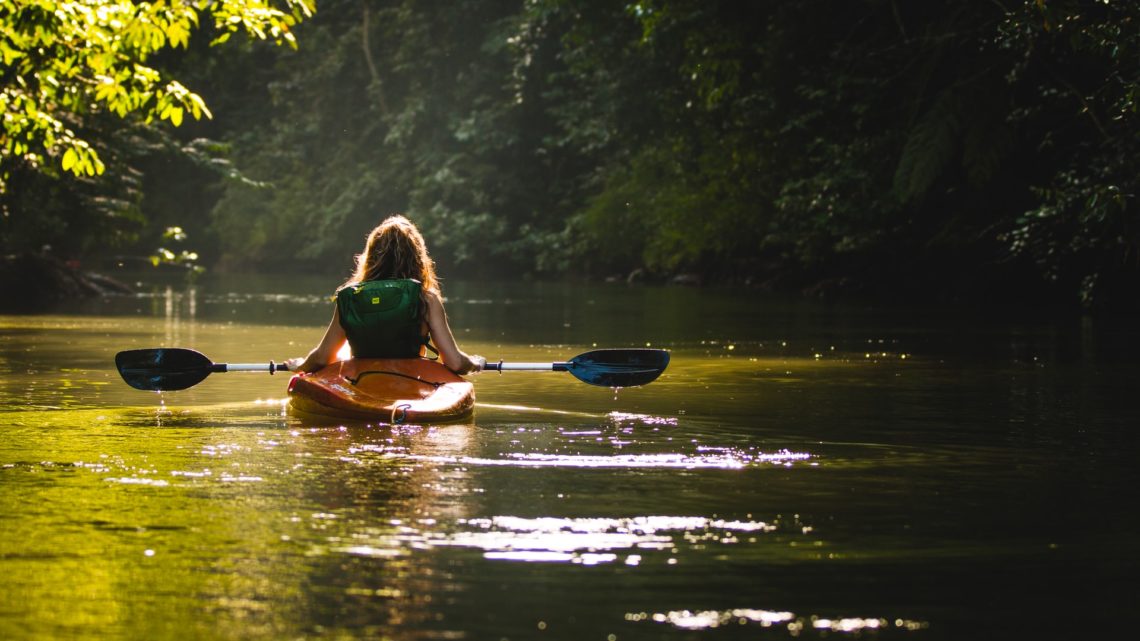
Canoe and Kayaking
People who enjoy watersports are encouraged to take on ‘Big T’ by canoe or kayak leaving white water rafting for Cache la Poudre adventures. Many parts of the 17-mile stretch include shallow waters and rugged terrain full of beauty. You’ll have a better time in durable watercraft rather than raft or boat. Park Rangers warn, there are fast moving waters which can be deep in some areas where you’ll need caution.
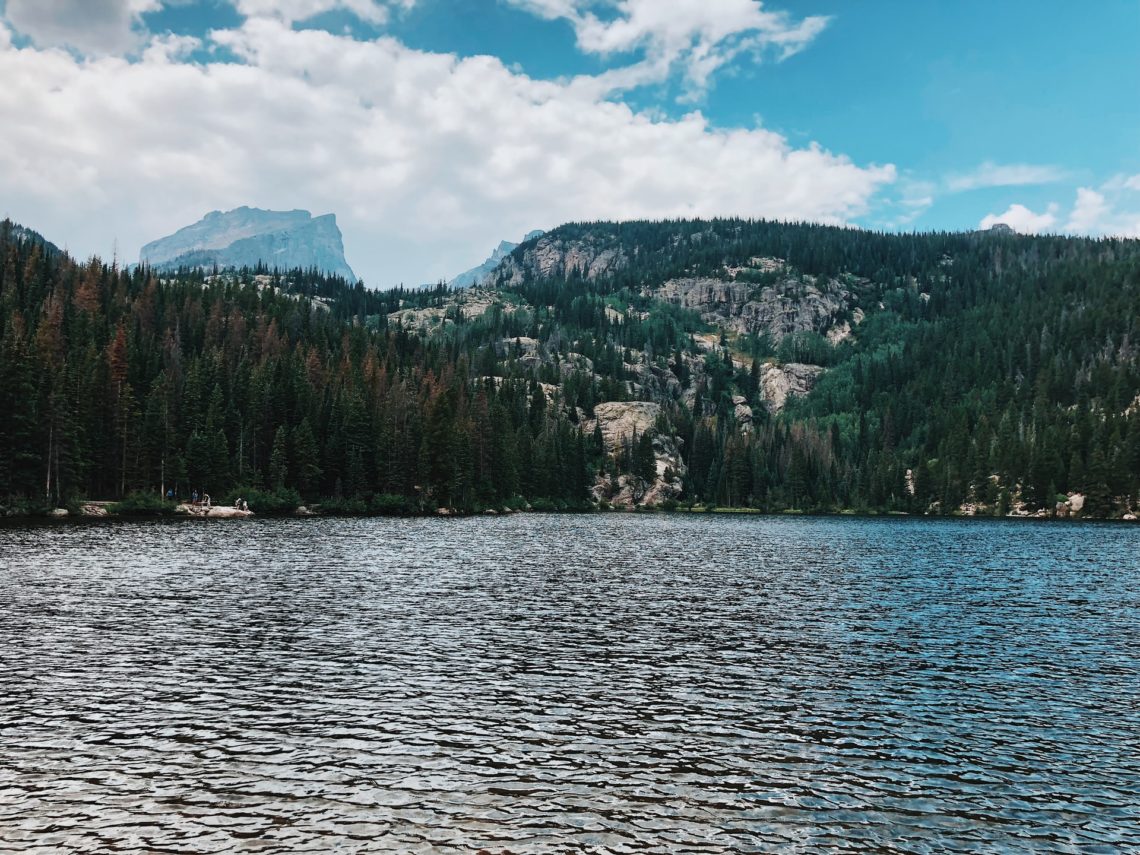
The North Fork and Estes Park
You’ll find a nice selection of trails from North Fork Big Thompson to Estes Park where you can walk your dog or ride a bike. Be sure to check the Internet and parks to find trail difficulty and closings. These trails vary with loose rock and other dangerous elements. Also, do yourself a favor and always wear sunscreen as it gets pretty hot during the summer months. There’s a lack of shade in the higher elevations as well. The River Walk to Lake Estes is one of your easier routes that are kid and wheelchair friendly places.

Lights, Camera, Action on the Big T
Shutterbugs unite! Bring your camera as the views of the mountains like Never Summer and Flattop are just in the horizon. Photography buffs love this area as there’s always beautiful subjects to film. Even the wintertime provides a spectacular landscape with snow and a babbling brook. Petite flowers and other plants are perfect picture takers during the springtime. Regardless of time of year, your scrapbook and portfolio will be overwhelmed with NOCO’s Best.
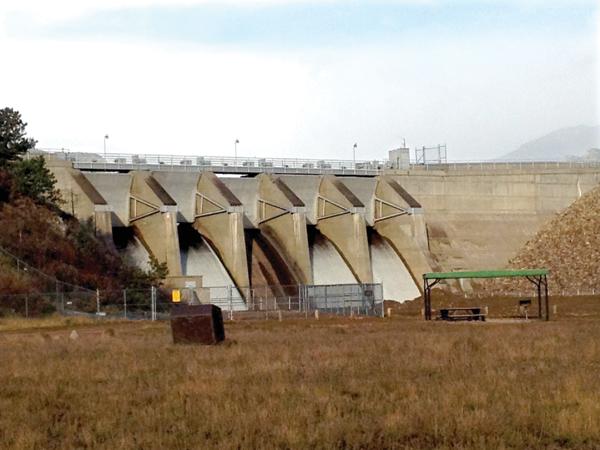
Olympus Dam, Integral Part of the Big T’s Operation of Flow
Olympus Dam plays a significant role at 70 feet high and provides drinking water for Estes Park. Even more unique is The Colorado River, West of the Continental Divide delivering water to nearby reservoirs. To learn more about the dam and it’s operations be sure to visit the Bureau of Reclamation. What you may also find interesting is storage at Mary’s Lake is part of the dam’s operation which provides energy Estes Park residents.
A Northern Colorado Icon
Surrounded by the rugged beauty of the Colorado Rockies, Big Thompson is also necessary for agriculture supplying residents with water. If you spend time on the ‘Big T’ for leisurely activity, you’ll likely create memorable moments to share. We’d love to hear them!





Leave a Reply